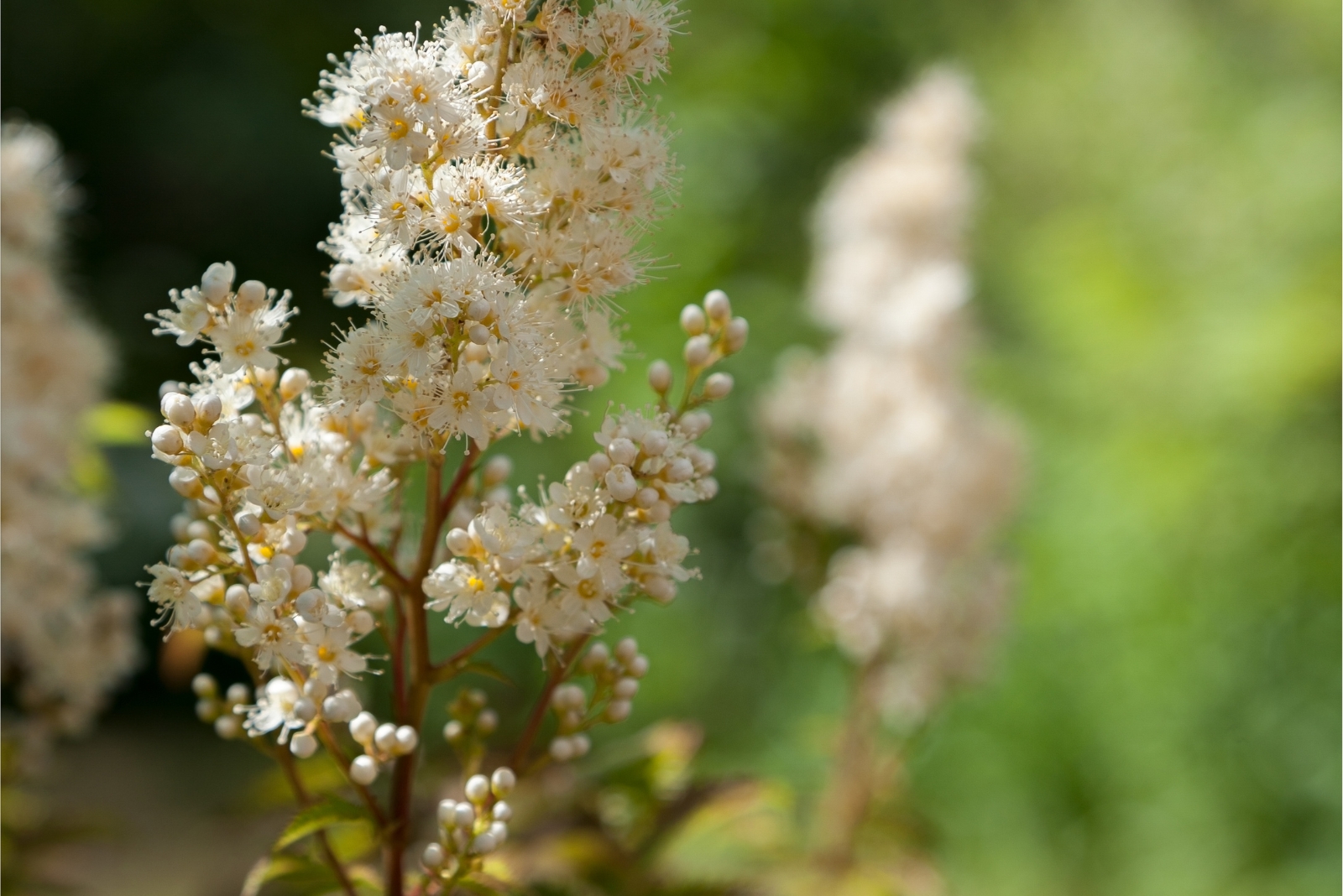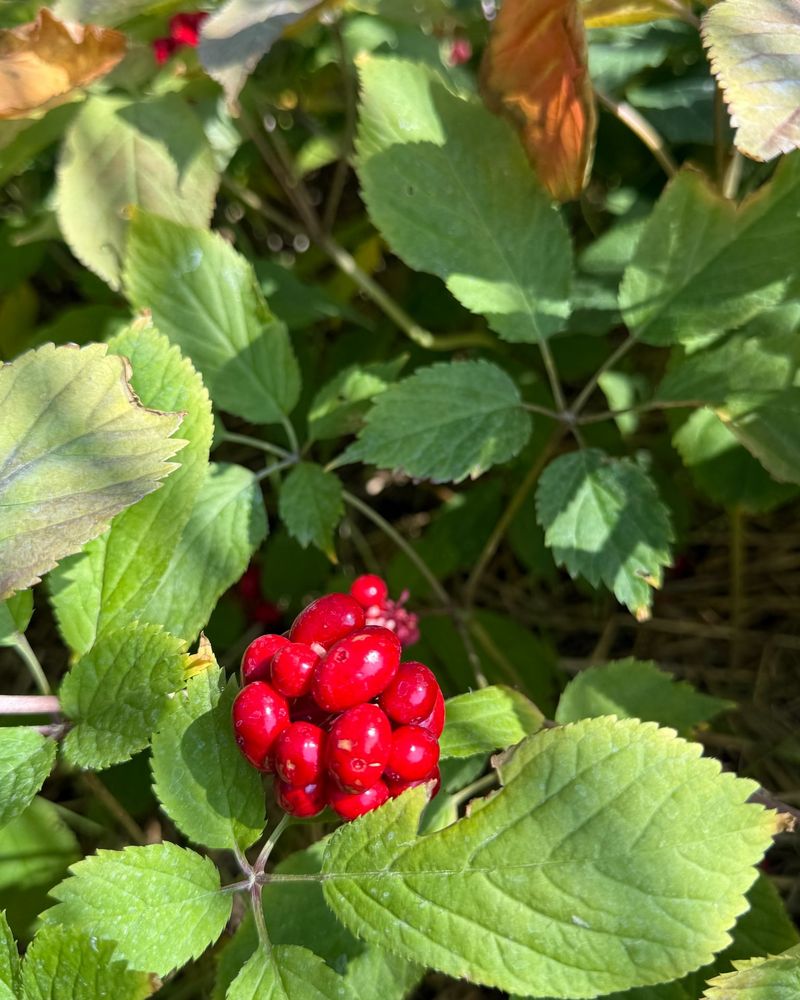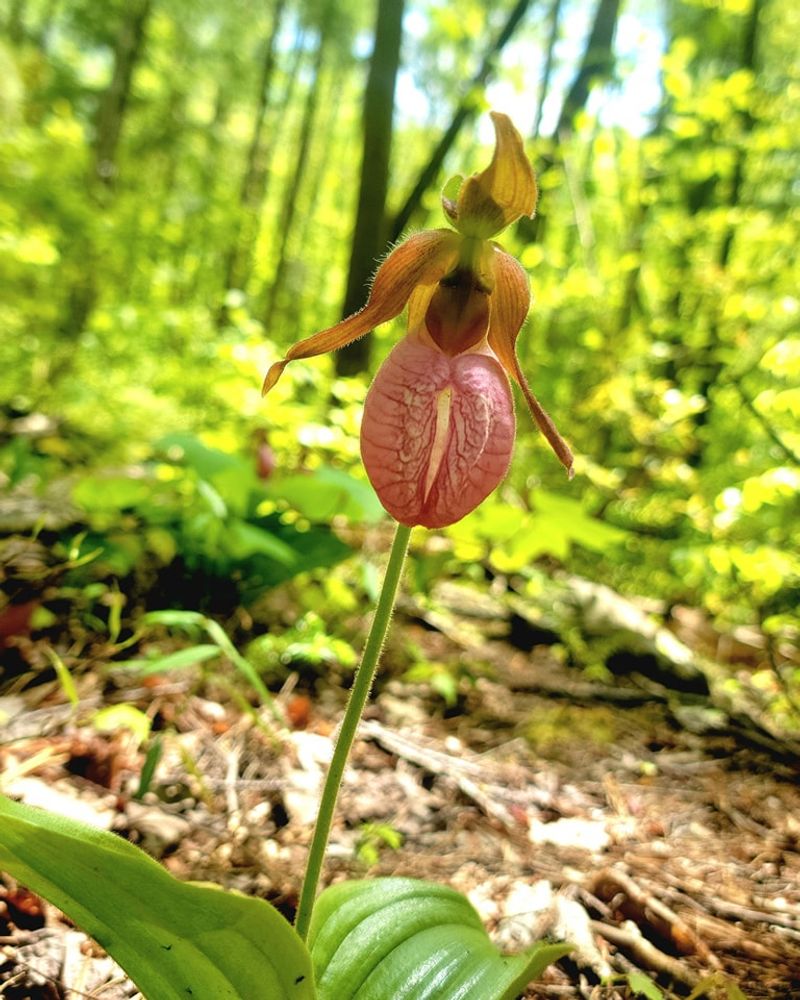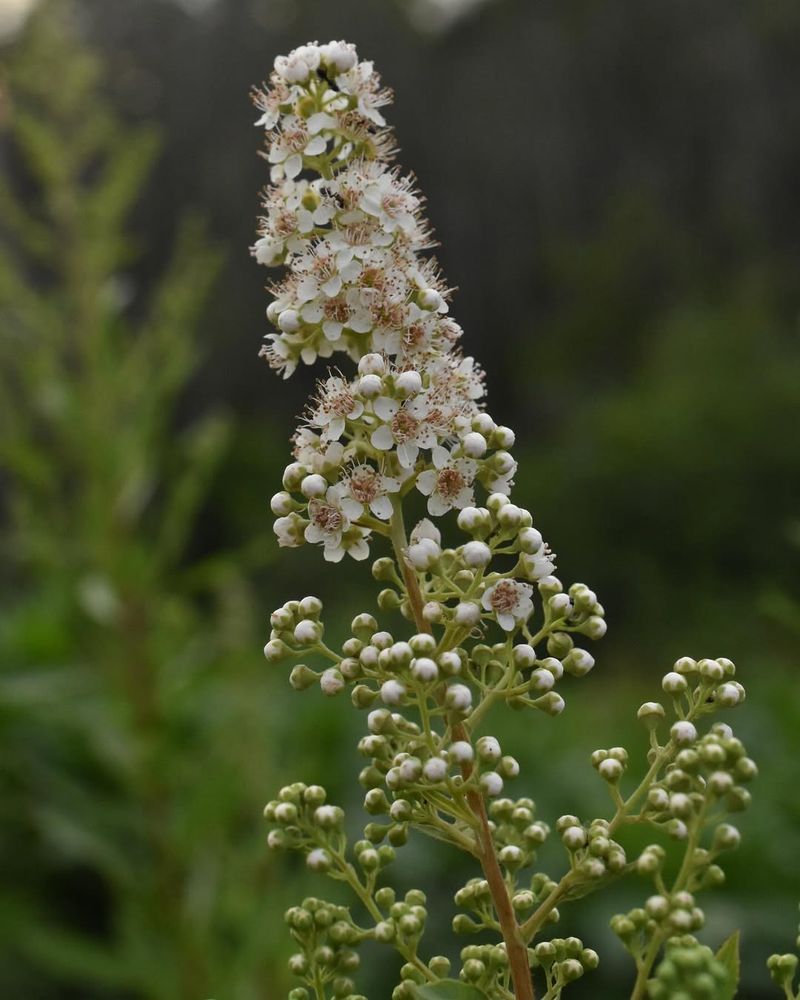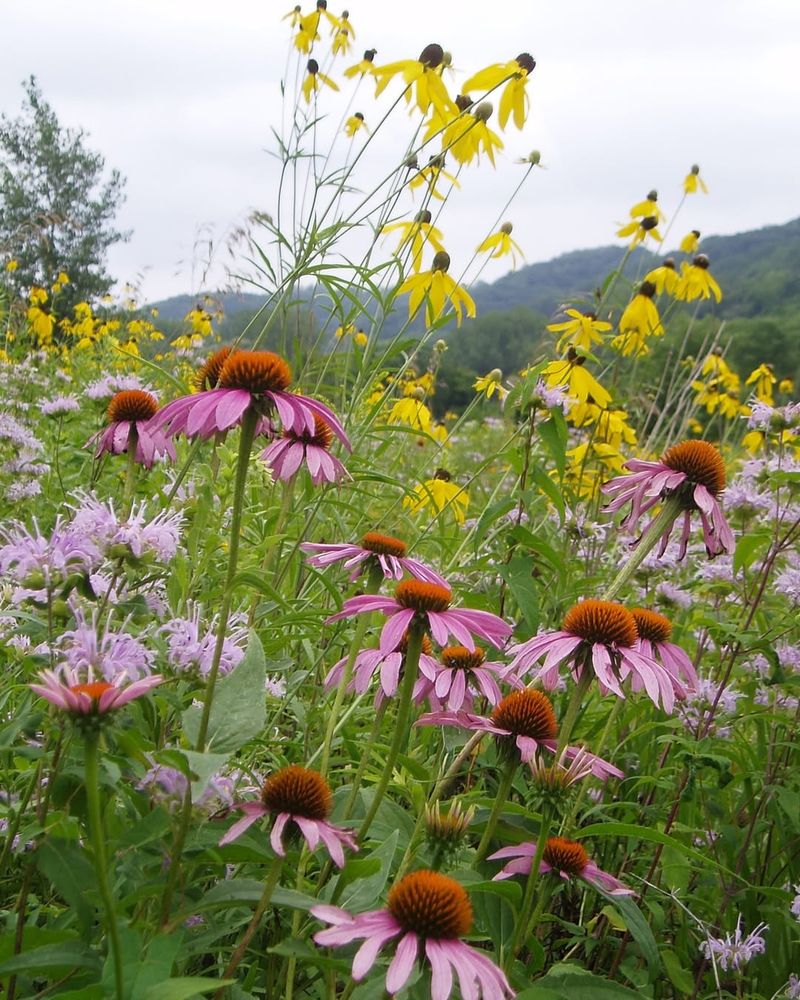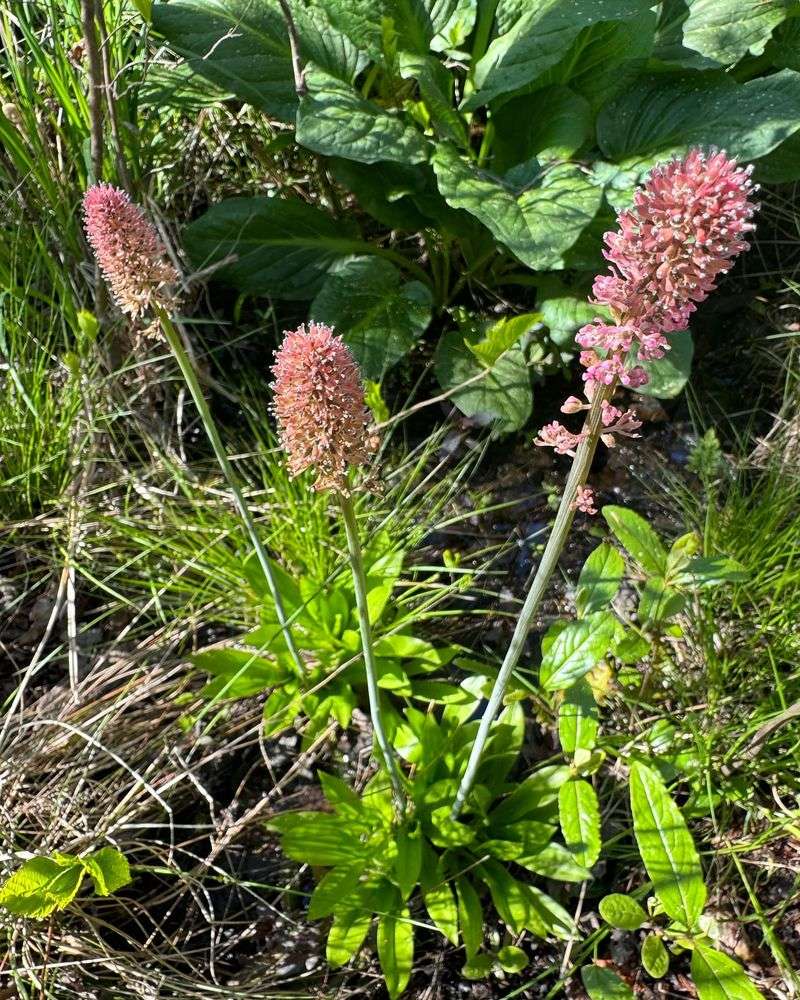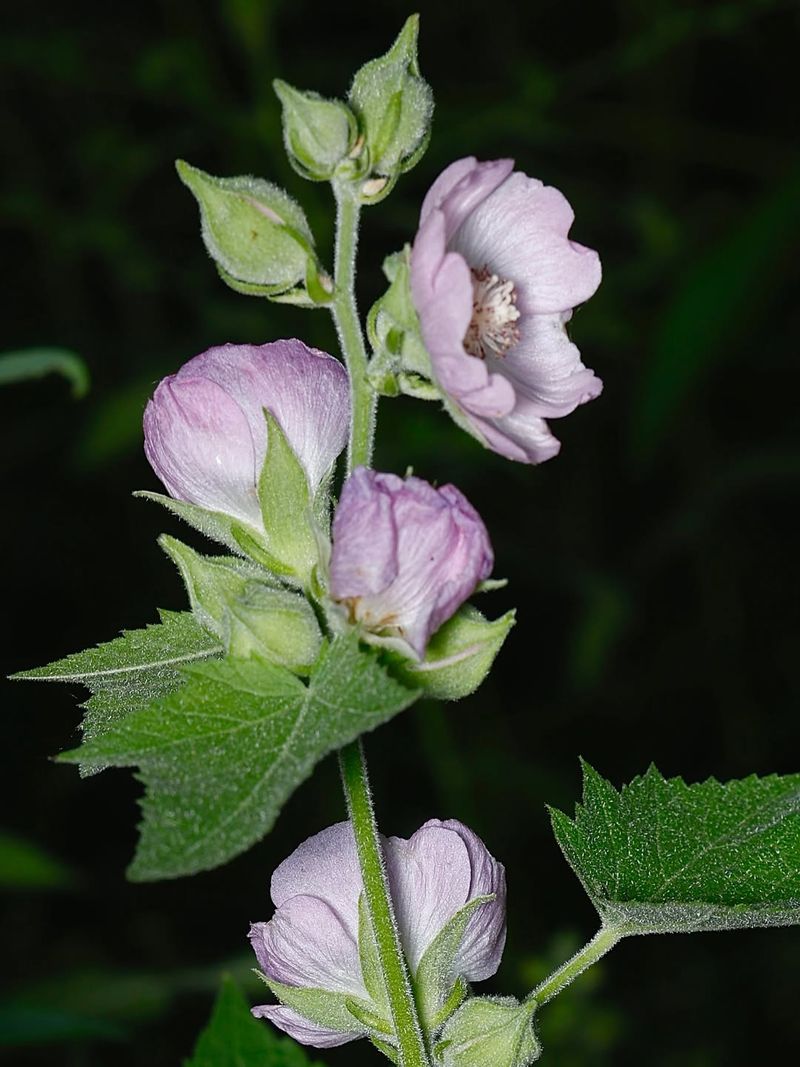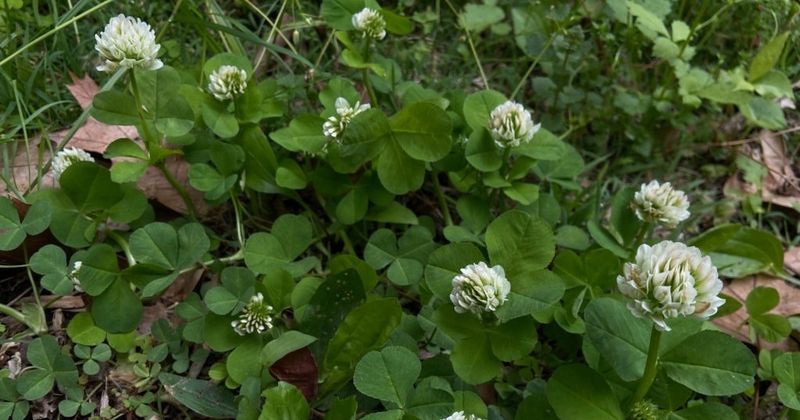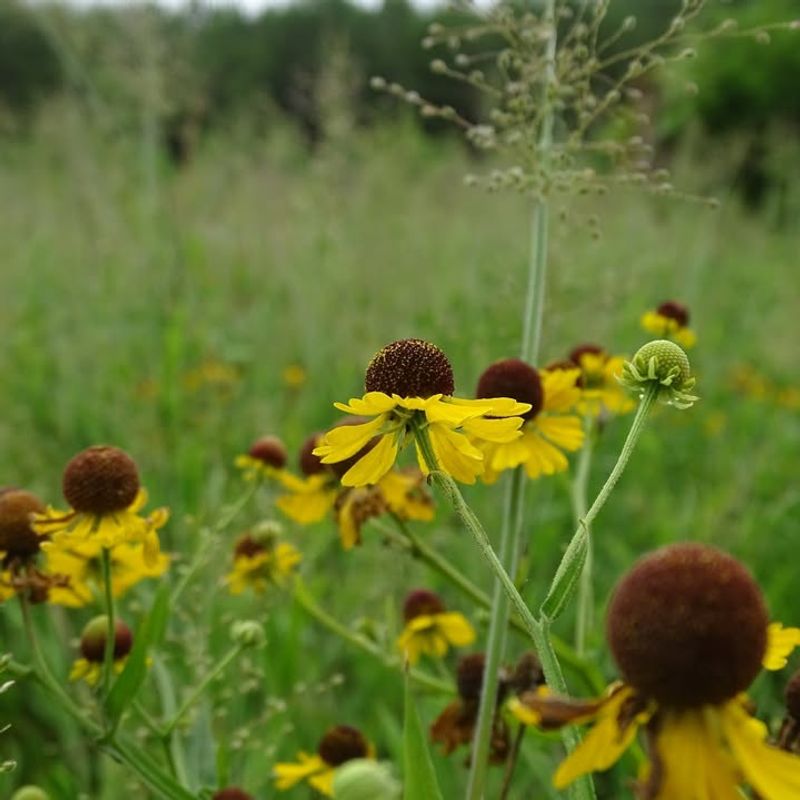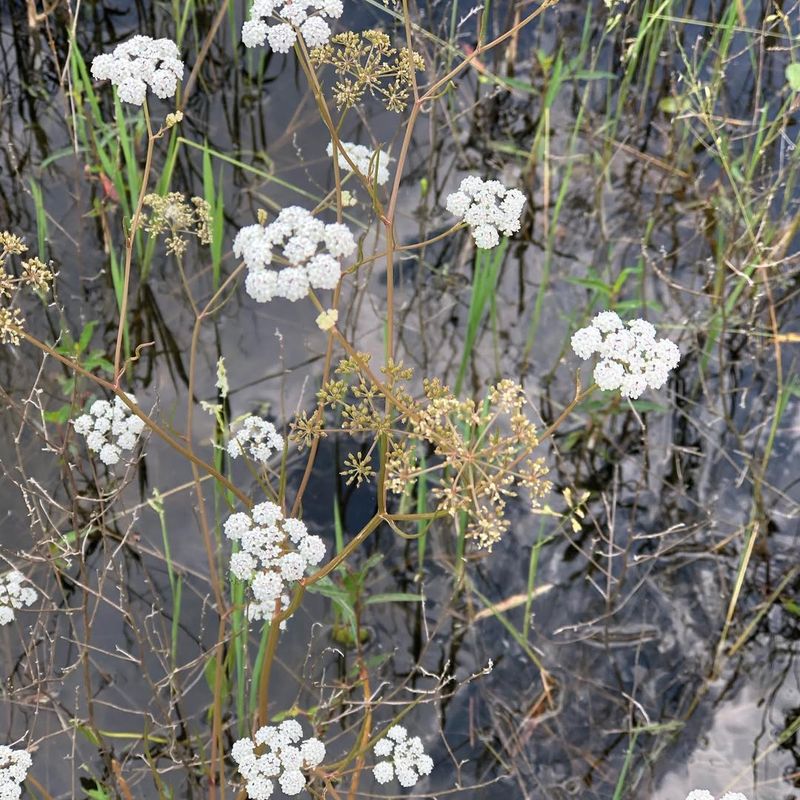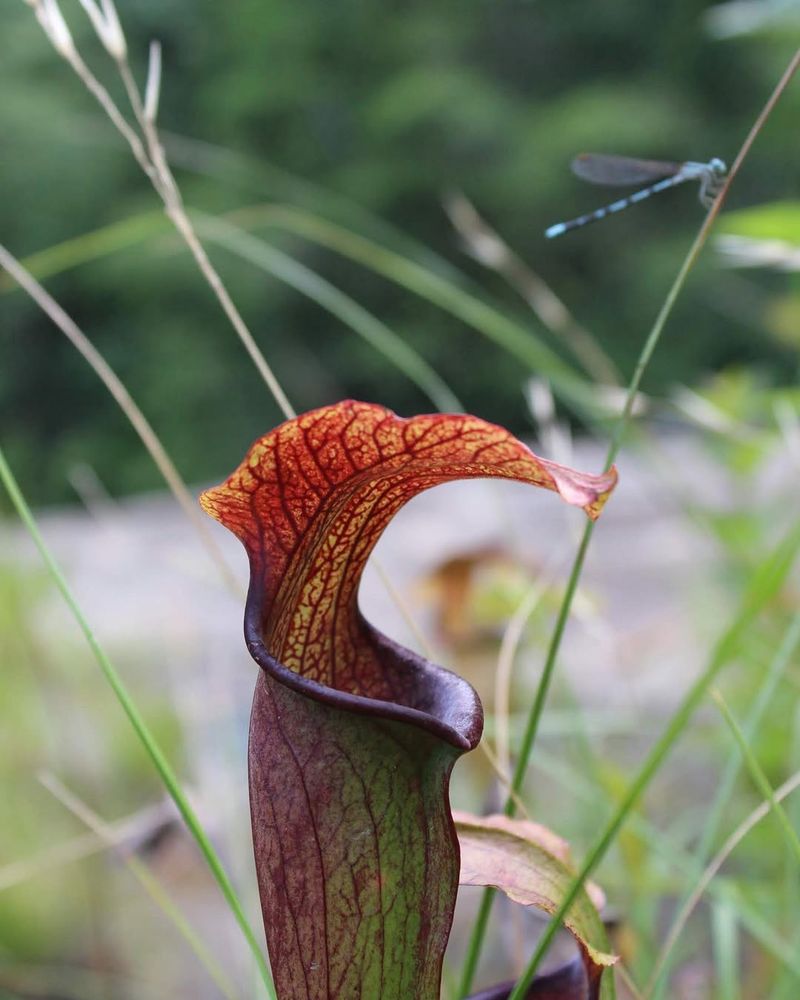Virginia’s woodlands, wetlands, and coastal habitats are home to a wide range of plants protected for their ecological value. Some species play a critical role in supporting wildlife, while others are considered rare, threatened, or vulnerable to population loss.
Because of this, the state restricts the collection, removal, or transportation of certain plants—even if they’re growing on private property.
Before digging up something to move, divide, or replant elsewhere, it’s important to know what’s off-limits. These are 13 plants in Virginia that residents are not allowed to relocate.
1. American Ginseng
Wild ginseng has been prized for centuries, making it one of Virginia’s most sought-after plants. Overharvesting nearly wiped it out, so now strict regulations protect what remains in our forests.
You’ll recognize it by its palm-shaped leaves and bright red berries in late summer. Digging up this plant without a permit can result in serious fines. If you spot it during a hike, take photos instead of samples to help conservation efforts succeed for future generations.
2. Goldenseal
With its distinctive umbrella-like leaves, goldenseal once carpeted Virginia’s forest floors. Commercial demand for its medicinal roots pushed this species to the brink of extinction across the state.
Today, removing goldenseal from the wild is strictly prohibited. Its yellow underground stems give the plant its name, but they’re off-limits to collectors. Cultivated versions exist for those interested in herbal remedies, making wild harvesting completely unnecessary and illegal under current environmental protection statutes.
3. Trillium Species
Springtime in Virginia wouldn’t be complete without trilliums painting the forest floor. These delicate flowers take years to bloom from seed, making them incredibly vulnerable to disturbance.
Each plant has three leaves, three petals, and three sepals—nature’s perfect symmetry. Relocating trilliums disrupts their slow growth cycle and damages fragile root systems. Many species are protected because they simply can’t recover from being moved, even with the best intentions from gardeners wanting woodland beauty at home.
4. Pink Lady’s Slipper Orchid
Nature’s own work of art, this orchid looks like a tiny ballet shoe suspended in the forest. But beneath that beauty lies a complex relationship with soil fungi that makes transplanting nearly impossible.
The plant depends on specific mycorrhizal partners to survive, which rarely transfer with the roots. Moving one almost guarantees its death within a year. Virginia protects these orchids because their ecological requirements are so specialized that removal equals destruction of something that took decades to establish naturally.
5. Small Whorled Pogonia
Rarity defines this federally endangered orchid found in only a handful of Virginia locations. Its pale, greenish-yellow flowers are so inconspicuous that people often walk right past without noticing.
Protection laws for this species are among the strictest in the state. Even approaching too closely can damage its habitat. Scientists still don’t fully understand its lifecycle, which makes conservation efforts challenging. Disturbing or relocating this orchid carries federal penalties on top of state violations, reflecting just how critically endangered populations have become throughout its limited range.
6. Virginia Spiraea
Clinging to rocky streambanks, this shrub thrives where few other plants dare to grow. Its clusters of white flowers brighten waterways each summer, but habitat loss has made it increasingly scarce.
Found only in specific Virginia watersheds, this endemic species can’t survive transplantation to typical garden conditions. Its roots need constant moisture and specific drainage patterns. State protections prevent well-meaning gardeners from attempting relocations that would fail anyway. Preserving streamside habitats where it naturally occurs remains the only viable conservation strategy for this uniquely adapted species.
7. Smooth Coneflower
Bright yellow petals surround a dark center cone on this increasingly rare wildflower. Once common in Virginia prairies, habitat conversion to development and agriculture has pushed it toward extinction.
Only a few wild populations remain in the state, making every plant precious. Its specialized pollinator relationships mean moving it disrupts entire ecological networks. Protection laws aim to stabilize remaining populations while researchers work on recovery plans. Garden centers occasionally sell cultivated varieties, offering a legal alternative for those wanting to support this species without harming wild specimens.
8. Swamp Pink
Despite its name, this threatened plant produces stunning clusters of fragrant pink blooms in early spring. Wetland drainage across Virginia has destroyed much of its preferred habitat over the past century.
The plant grows in very specific soil conditions that are impossible to recreate elsewhere. Attempting to move swamp pink typically results in its death within months. Federal and state protections work together to preserve remaining populations. Wetland conservation efforts benefit this species along with countless other organisms that depend on these increasingly rare ecosystems for survival and reproduction.
9. Peters Mountain Mallow
Imagine finding a plant that grows nowhere else on Earth except one Virginia mountain. That’s Peters Mountain mallow—a globally rare endemic with gorgeous pink flowers resembling miniature hibiscus.
Its entire world population exists on a single mountain’s rocky slopes, making every individual critically important. Special soil chemistry and microclimate conditions support its survival. Moving it elsewhere guarantees failure because those precise conditions can’t be replicated. Federal and state laws protect this irreplaceable species, with severe penalties for disturbance. Its existence reminds us how unique Virginia’s biodiversity truly is.
10. Running Glade Clover
Limestone glades create harsh growing conditions that most plants avoid, but running glade clover thrives there. These specialized habitats are disappearing fast, taking their unique plant communities with them.
The clover’s deep roots tap into mineral-rich layers beneath thin soil, an adaptation that makes transplanting impossible. Only a handful of Virginia sites still support populations. Protection laws prevent collection while conservation groups work to preserve remaining glade habitats. Understanding why certain plants belong in specific places helps us appreciate the intricate connections between geology, soil, and plant survival strategies.
11. Virginia Sneezeweed
Don’t let the name fool you—this plant won’t make you sneeze, but its scarcity might make conservationists weep. Yellow daisy-like flowers brighten wet meadows, but only in a few remaining Virginia locations.
Drainage projects eliminated most of its habitat decades ago. The survivors cling to existence in protected wetlands where water levels fluctuate naturally. Moving Virginia sneezeweed disrupts its dependence on seasonal flooding patterns. State protection ensures these last populations have a fighting chance. Wetland restoration projects sometimes include this species, offering hope for future recovery beyond current limited range.
12. Harperella
Living life in the fast lane, harperella grows submerged in rushing river rapids. This federally endangered aquatic plant has adapted to conditions that would wash away most vegetation.
Dam construction and water pollution have decimated populations throughout Virginia’s river systems. Its specialized requirements make relocation attempts pointless—it needs specific current speeds and rock substrates. Even slight environmental changes prove fatal. Protection efforts focus on maintaining water quality and natural flow patterns in remaining habitat areas. River conservation benefits harperella along with the entire aquatic community depending on healthy, free-flowing waterways for survival.
13. Mountain Sweet Pitcher Plant
Carnivorous plants capture imaginations, and this rare pitcher plant is no exception. Its tubular leaves trap insects in Virginia’s high-elevation bogs, supplementing nutrients from poor soil.
Bog habitats are incredibly fragile, and this species depends on their unique chemistry. Collectors once threatened wild populations, leading to strict protection laws. The plant requires acidic, waterlogged conditions impossible to maintain in typical gardens. Moving specimens disrupts both the plant and its specialized bog ecosystem. Conservation groups now propagate pitcher plants legally for enthusiasts, removing any justification for disturbing wild populations that took centuries to establish naturally.

